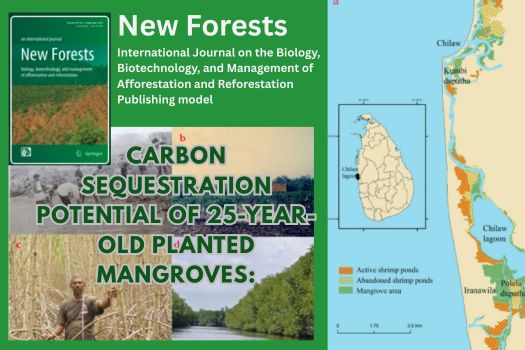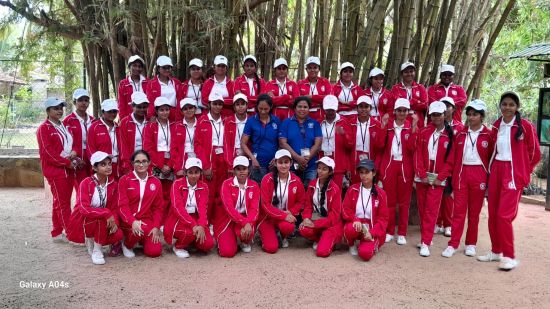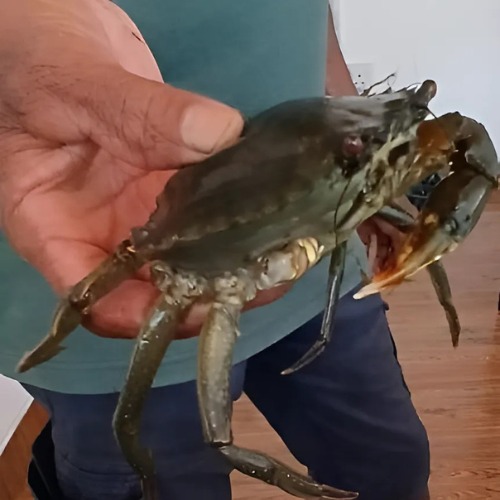Inspiring Young Minds: Environmental Pioneers from Dankotuwa Balika Maha Vidyalaya Explore Mangroves
On October 2nd, the Environmental Pioneers from Dankotuwa Balika Maha Vidyalaya visited the Lanka Mangrove Museum and Learning Center.
The students explored the exhibits and gained valuable knowledge about the importance of mangroves in protecting coastal ecosystems. During their visit, they also learned about the role of mangroves in biodiversity conservation, carbon storage, and supporting the livelihoods of local communities. The program inspired the young pioneers to strengthen their commitment to environmental protection and to spread awareness among their peers.










